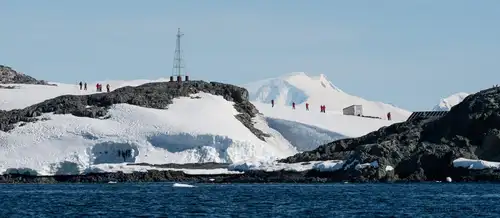Antarctic fur seals, leopard seals, Weddell seals, Ross seals, southern elephant seals... The many seal species of Antarctica all have names that are in some way explained by their appearance or primary region of distribution.
All except crabeater seals, which do not, as their moniker suggests, eat crabs at all.
Possessed of a long snout, pale fur, and an affinity for ice floes, the not-so-aptly named crabeater seal (Lobodon carcinophagus) is one of Antarctica’s many interesting pinnipeds. Here are six key facts about this integral and easily distinguished member of the exotic Antarctic marine cast.

1. Crabeater seals do not actually eat crabs
Despite their obvious-sounding name, crabeater seals do not actually eat crabs. In fact, there aren't that many species of crabs that live in Antarctica.
The name "crabeater" was a mistake of early whalers and sealers, who for whatever reason got it into their heads that these seals loved a diet of crustaceans. Despite the soon-realized error, the name stuck.
Instead, crabeater seals primarily eat krill. Cephalopods and Antarctic fish also make up a smaller portion of the crabeater seal diet. The highly specialized, lobed teeth of crabeater seals allow them to swim through swarms of krill and filter out the tiny crustaceans from seawater like a sieve.
With these specialized teeth, crabeater seals can eat large quantities of krill every day without exerting much energy.
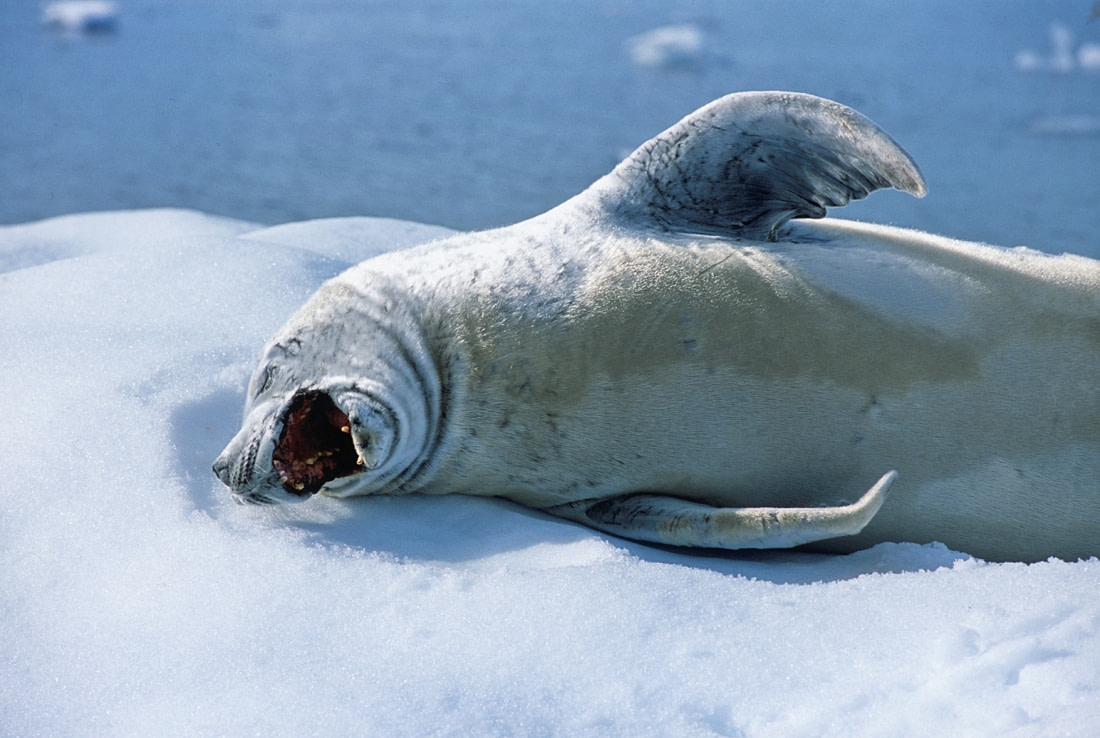
2. Whale populations and crabeater seal populations are directly linked
It was once thought that crabeater seal populations might number as high as 15 million, but currently there is no reliable consensus as to their numbers. What is known is that they are the most abundant seal in Antarctica.
During the 1800s and into the 20th century, large numbers of baleen whales were slaughtered in Antarctica. As baleen whales' only food source is krill, this left little competition for the chief food source of crabeater seals (and other Antarctic wildlife). This in turn led to upward trends in their populations.
It will be interesting for marine scientists to observe how crabeater seals and other Antarctic marine wildlife continues to respond now that whaling is illegal in Antarctica.
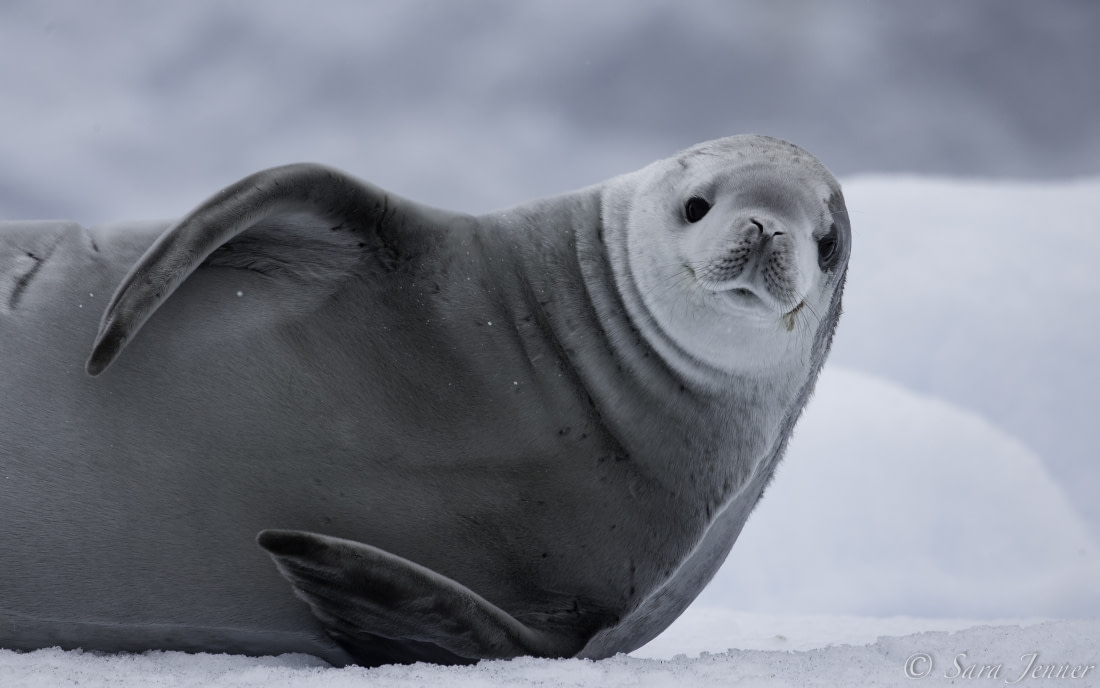
3. Crabeater seals have a slightly different breeding ritual than other seals
The crabeater seal breeding season takes place between September and November. Although scientists cannot be completely sure, it is suspected that both courtship and mating take place in the water.
While other seals assemble to give birth to pups, crabeater seals take a different approach: Pregnant crabeater females haul out on ice floes by themselves and give birth to a single pup, which they nurse for three weeks. Some time later, crabeater seal males haul out alongside females and pups and fiercely defend their new families.
These male crabeater seals may not even be biologically related to the seal pups, and are more interested in mating with the female seals once they are ready to breed again.
Crabeater seal pups are born weighing around 20 kg (44 pounds), but by the end of their three-week nursing period they can weigh up to 110 kg (240 pounds). The milk they get from their mother is high in fat and protein, a good combination for surviving the Antarctic winter.

4. There are two prime Antarctic predators of crabeater seals
However plentiful the crabeater seal’s population may be, it still frequently falls prey to two of Antarctica’s top predators.
The leopard seal, one of Antarctica’s most voracious eaters, is responsible for an estimated 80% of all crabeater seal pup deaths. Like many other seal species, young crabeater seals that have recently left their parents for open waters are seldom safe. Their other predators are orcas, or killer whales, which are also known to eat both crabeater seal pups and adults.
To deter predators, crabeater seals gather on ice floes and in open water in groups of up to 1,000 individuals.

5. Crabeater seals occasionally wander too far north
When winter starts to set in, crabeater seals begin to migrate into the northern parts of Antarctica, where the water is usually warmer. Occasionally, however, their internal compass goes awry.
There have been reports of crabeater seals ending up in South America, New Zealand, even South Africa. These occurrences are rare but can be deadly for seals primarily meant to live in freezing temperatures.

6. Climate change has negatively impacted crabeater seal populations
One of the major threats currently facing crabeater seals, and indeed all Antarctic seals, is climate change.
Declining sea ice throughout Antarctica has led to a massive decline in krill populations, which means there simply may not be enough food to feed the millions of seals currently living around the Antarctic Continent.
But as crabeater seals are the most populous species of seal in Antarctica, they're still commonly (though not always) seen on our Antarctica cruises. Watch out for them, because they'll surely be watching out for you.
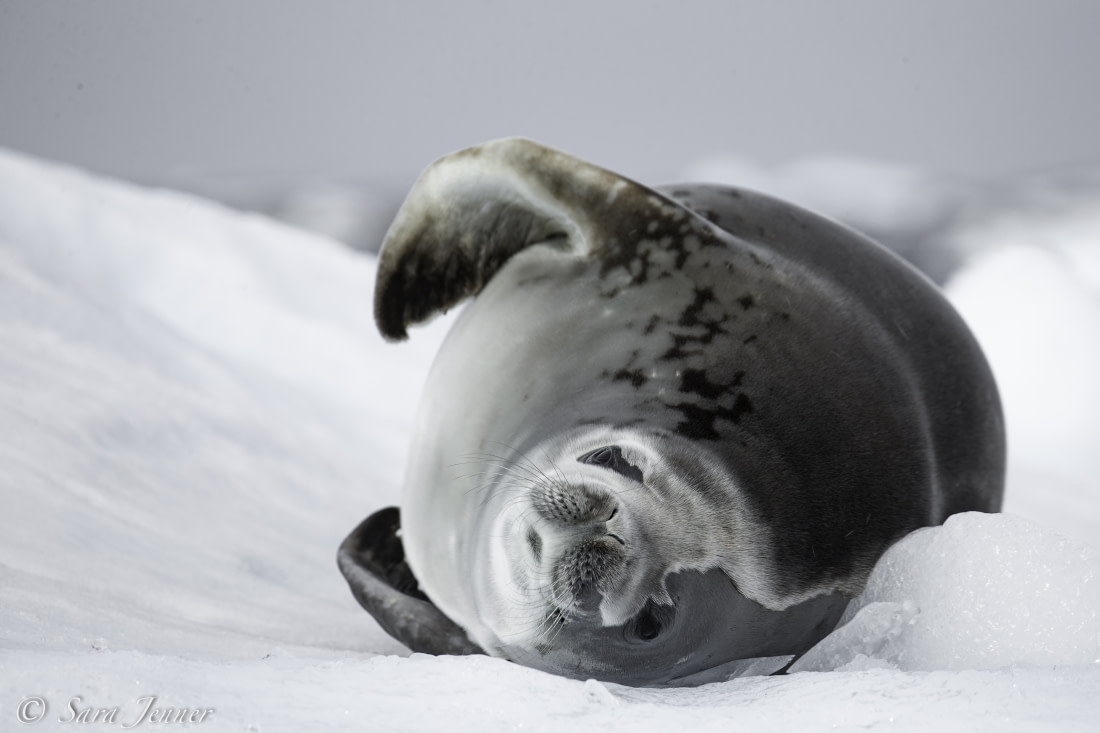

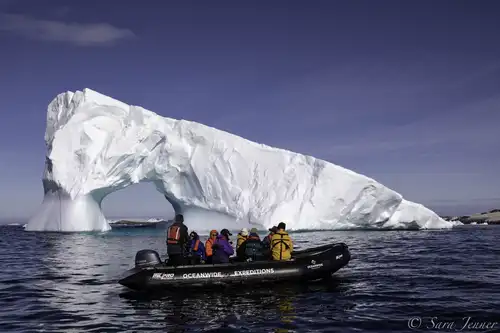


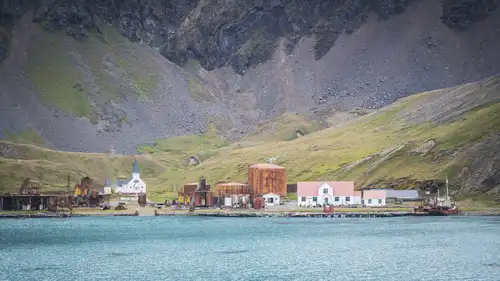
Related Trips
Blog


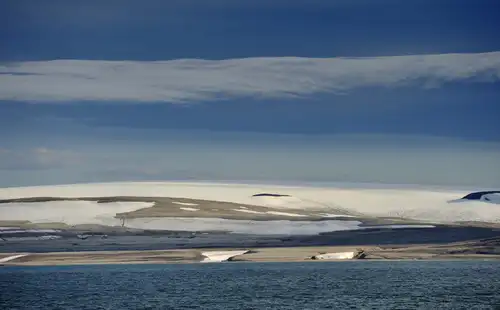
Six Must-See Svalbard Sites
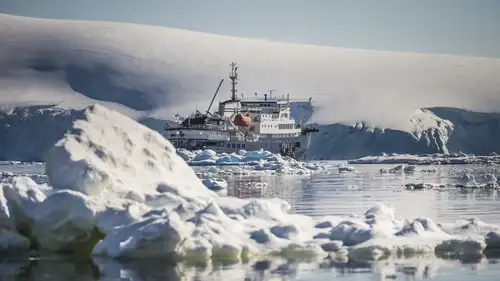
5 Life Lessons You'll Learn in Antarctica
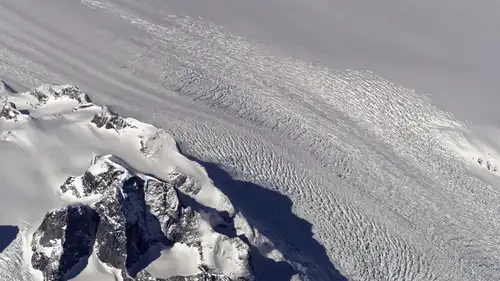
Ice streams and lakes under the Greenland Ice Sheet
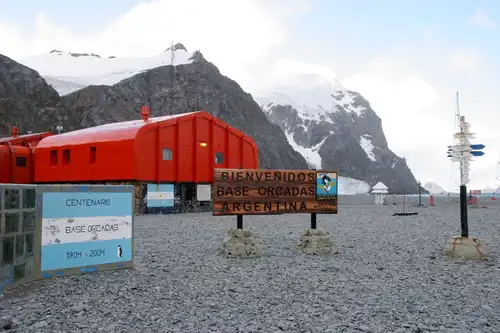
A Look Into the International Research Stations of Antarctica
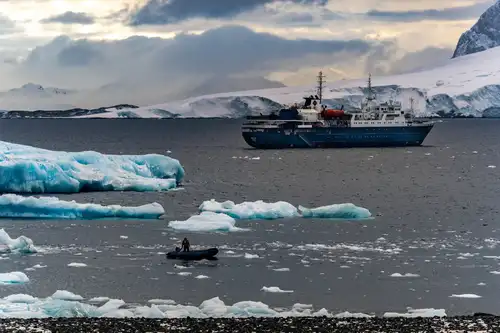
The Seasons of Antarctica: When to Visit and Why
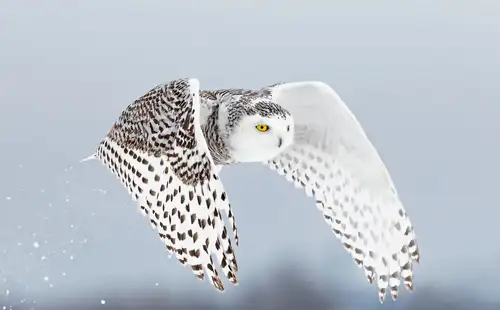
Secrets of the Snowy Owl: Habitat, Adaptations, and Other Facts
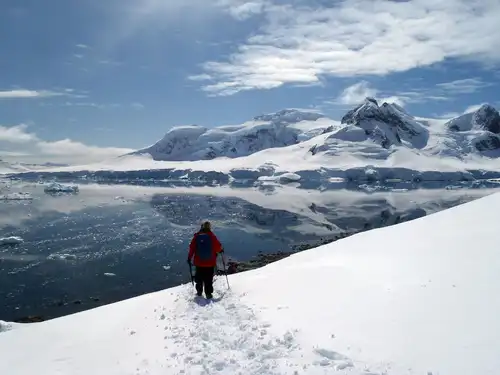
Explore Antarctica Without Leaving Your Couch

10 Tips for Photographing the Northern Lights
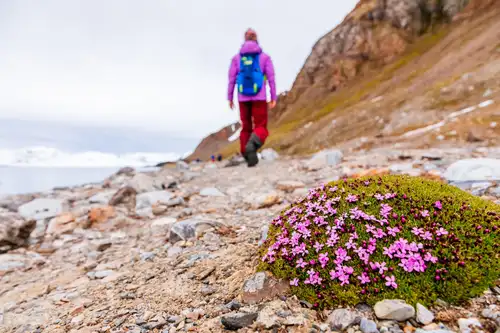
Seizing the Season: Spitsbergen’s Late Spring, Early Summer
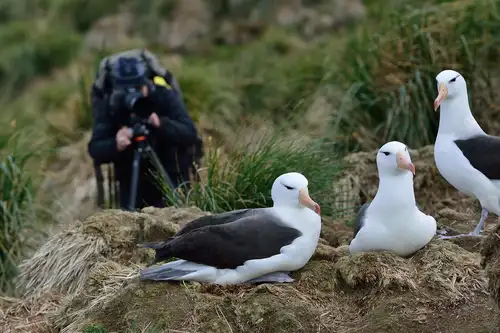
15 Falkland Islands Bird Photos
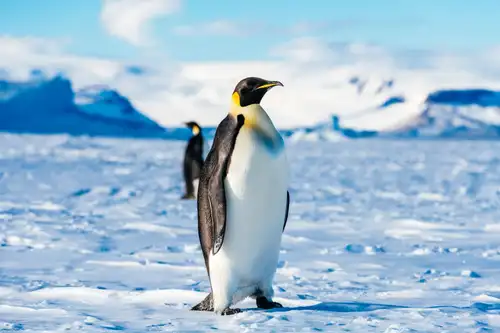
Penguins, Petrels, and Prions: Top Antarctica Bird Tour Spots

Weddell seals: The data collectors scientists of Antarctica
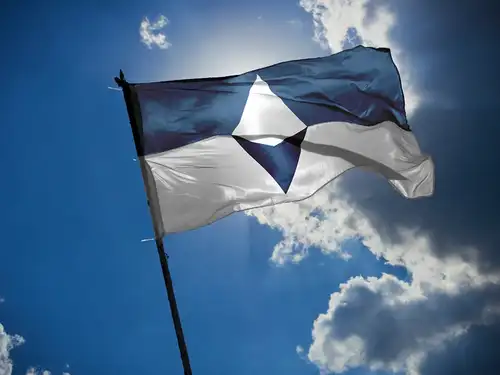
True South: A New Flag for a Global Antarctica
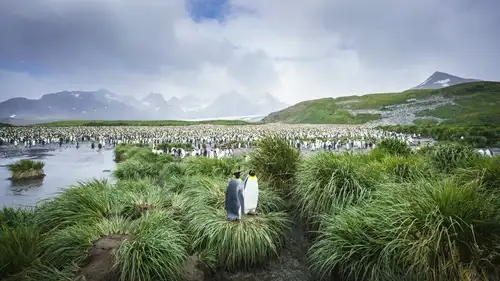
The South Georgia Seven: Hikes, Fjords, Whales, & Penguins
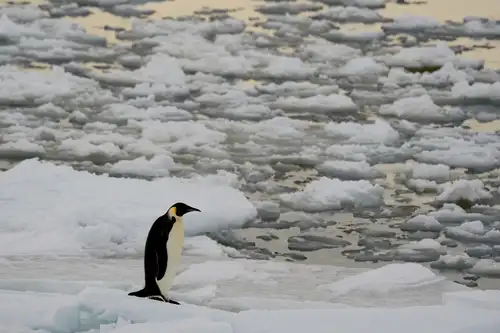
The Ways and Wildlife of the Weddell Sea
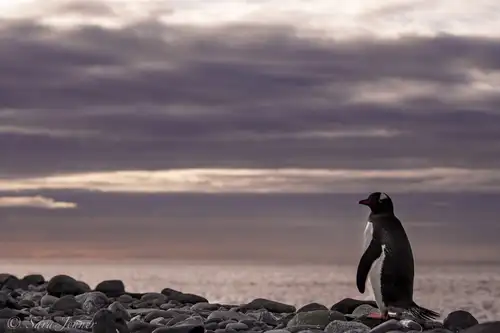
Penguin Wisdom: Life Lessons from Our Favorite Flightless Birds
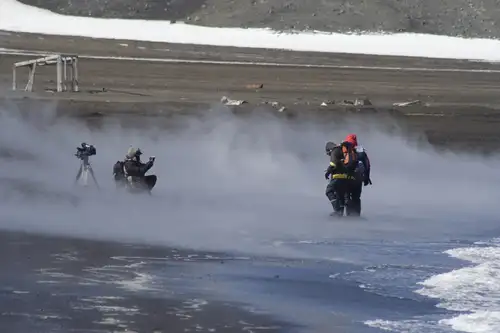
Deception Island deceptively active
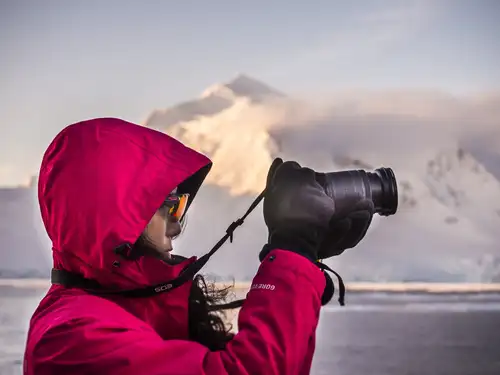
12 photo tips to make better pictures on your Antarctica cruise
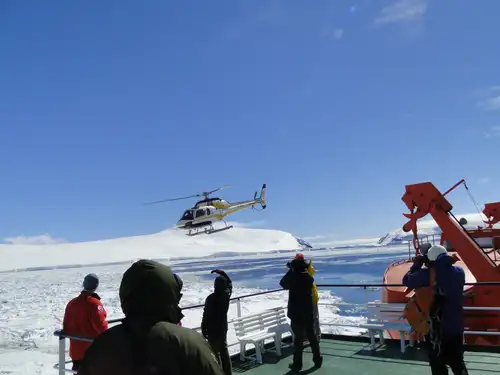
The Wonderful Weddell Sea: Places, Pics, and Impressions
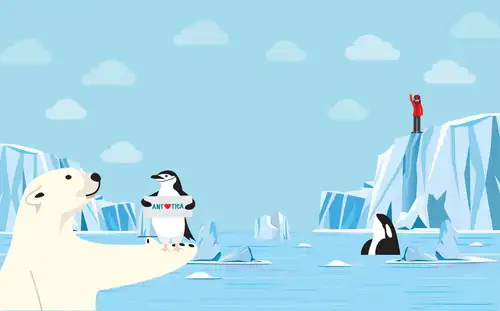



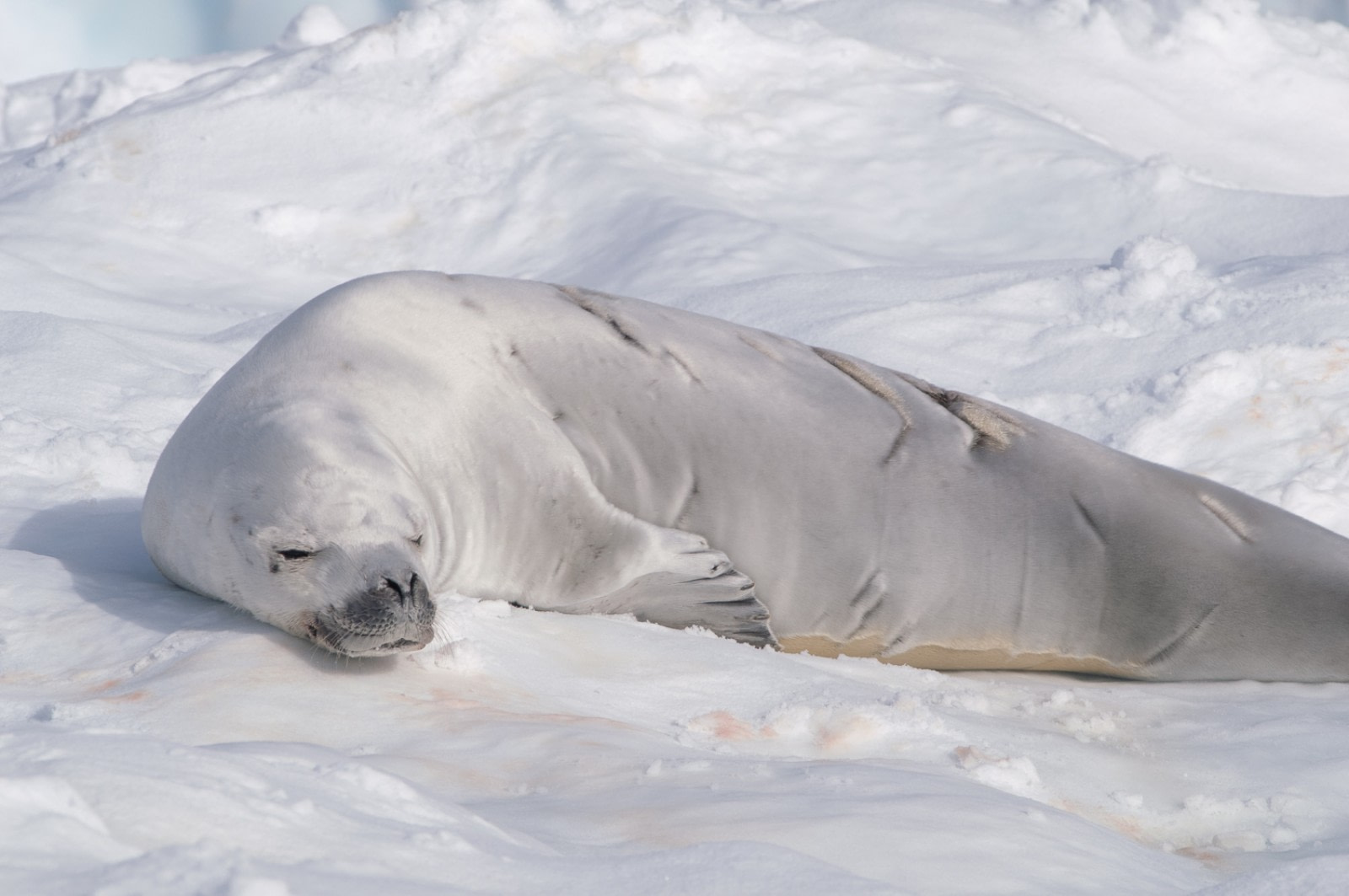

 23 Days / 22 Nights
23 Days / 22 Nights
